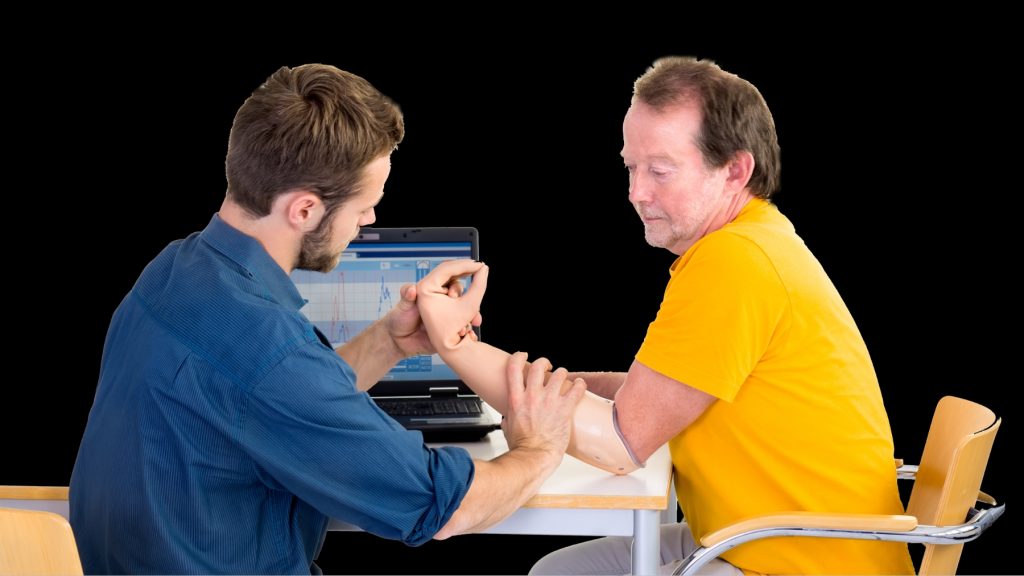
When Marwan Rashid, a consultant and contributor to Inside Telecom, brought this soft sensor story to my attention, a part of my life flashed before my eyes. Not because I was about to keel over and die. But rather, I was instantly transported back to two different children’s hospitals I visited in Africa about thirty years ago. The hospitals were in Harare, Zimbabwe.
Africa at War
The number of children who had lost an arm or a leg was astonishingly high. High enough for me to wonder if there had been a weird sort of pandemic. But no, these were children who had lost their parents because of AIDS and Tuberculosis and had absolutely no access to any sort of healthcare. But they did have access to the legacy landmines of colonial conflicts. One or more of their limbs no longer existed. I felt disinclined to seek out the exact and individual circumstances, lest it would create even more anxiety and pain in the telling.
The reason these children came to mind was because they were going to face a future deprived of some of the basic tools given to us by life itself. An arm missing. A leg that only gets as far down as the knee. Two arms with no hands.
Their future dependency on others was already reflected in their large haunted eyes, even here in the relative sanctity of the hospital.
The technology that Marwan had alerted me to is something called a soft sensor, made of silicon rubber. Its purpose is for robotic arms and prosthetics. Simply put, the sensor can identify different objects through touch. This means that robotic arms can differentiate between a brick and an egg for example, and adjust its grip accordingly. It can gauge temperature. It can even detect damage to the material it touches.
Our inclination at Inside Telecom would normally lean towards the robotic application because, amongst other things, the future of manual labour will be ruled by robotics and AI. But I’m going rogue because when I realized that the soft sensors are ridiculously cheap to manufacture, my mind and my heart immediately defaulted to the children I met all those years ago.
A Transformative Tech for Humanity
Then it became easy to imagine a little face frozen in numb indifference become transformed into a blossoming of wonder by having a hand again, with fingers that can feel texture and softness, through a skin coloured glove almost impossible to differentiate from the real thing. That can confidently lift a glass of delicious orange juice to thirsty lips. Reach out and touch another human being to feel the warmth which transcends mere tactile sensation. Remove hurdles that previously prohibited normal life, and reinstate personal dignity. Because this is where the technology is going: the interfaces already exist to transfer stimuli from the inanimate to the animate. And AI is standing by to instil intuitive learning.
The tech has been developed by the University of British Columbia and Frontier Robotics. Doubtless Inside Telecom will feature the advancement of this tech in the field of robotics and AI.
But for now, it’s good to think of it as a cure.
Not for any disease that afflicts communities with limited access to healthcare.
But for despair and hopelessness.
Right now, with our neighbours facing a monstrously amplified humanitarian crisis, one can see a role for soft sensors in helping to rebuild shattered lives in the very near future.
Inside Telecom provides you with an extensive list of content covering all aspects of the Tech industry. Keep an eye on our Medtech section to stay informed and updated with our daily articles.